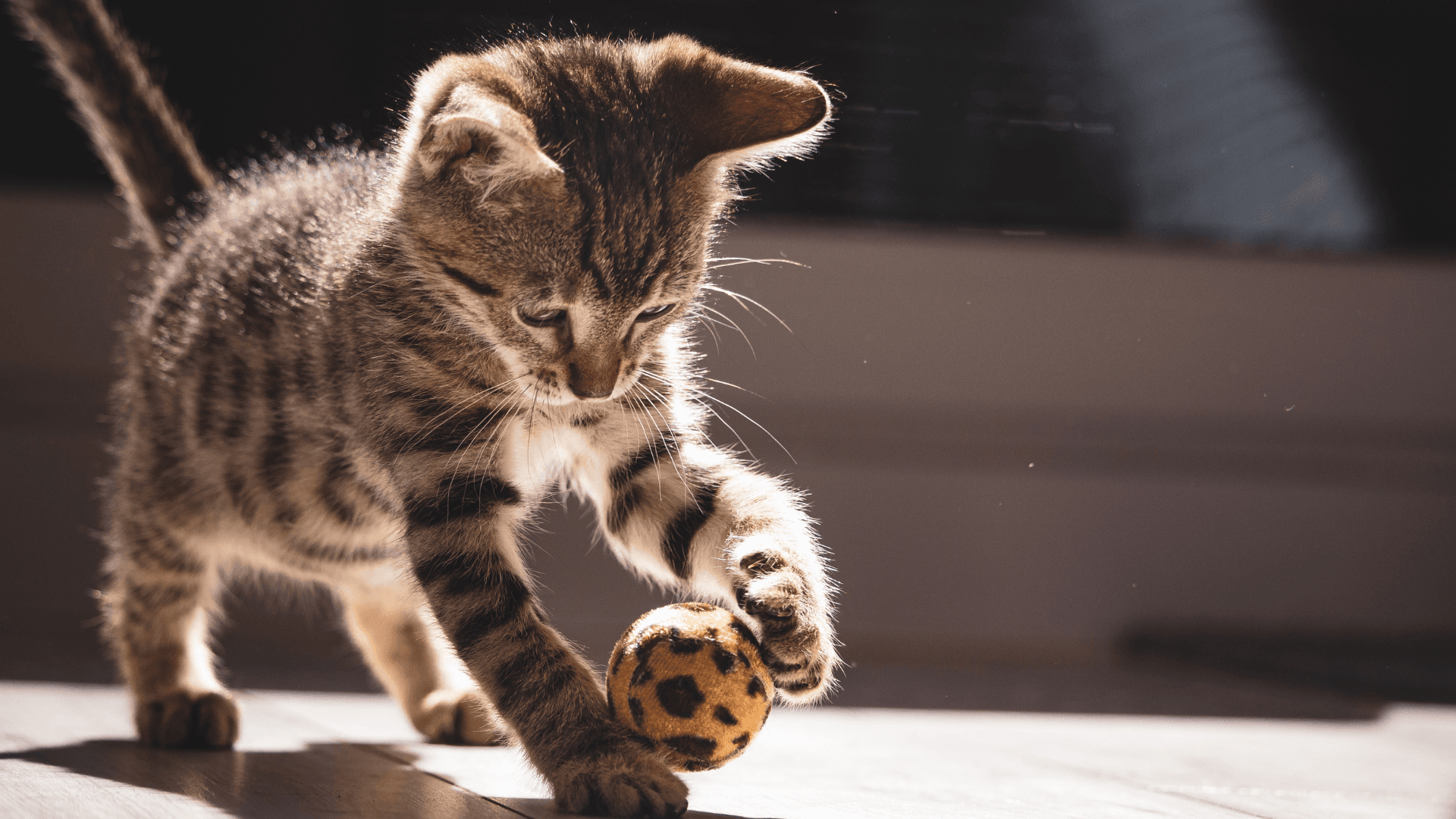Cats have long been among humanity’s most cherished companions. Since ancient times, they have been celebrated as the queens of the household, admired for their independence, elegance, and extraordinary ability to adapt to diverse living conditions. Across cultures, cats are seen as symbols of warmth and comfort in the home. In modern, urbanized environments, they’ve become an integral part of city life—compact, self-reliant, and endlessly fascinating in their varied personalities. However, just like humans, cats face numerous health challenges. Owners’ attentiveness, knowledge, and proper care play a crucial role in ensuring their feline companions lead long, happy lives. Understanding the threats to your cat’s health can help prevent diseases and secure a brighter future for your pet.
Danger Lurks Closer Than You Think
Veterinary pharmacist and representative of “Kauno Grūdai,” Dr. Aušra Tasiukevičiūtė-Sedekerskė, highlights several common diseases affecting cats today, including feline coronavirus (FCoV), feline infectious peritonitis (FIP), feline immunodeficiency virus (FIV), and feline leukemia virus (FeLV). Among these, FeLV often goes unnoticed despite its prevalence—30% of cats are at risk, and 2-3% are diagnosed annually.
“FeLV significantly compromises a cat’s immune system, leading to a deadly illness,” explains Dr. Tasiukevičiūtė-Sedekerskė. “The virus spreads through infected saliva, nasal secretions, urine, feces, or milk. It can also be transmitted from a mother cat to her kittens during pregnancy or nursing, making young kittens particularly vulnerable, though adult cats are not entirely immune.”
Infected cats can show a range of symptoms: fatigue, recurring infections, anemia, fever, swollen lymph nodes, weight loss, lethargy, slow-healing wounds, or reproductive issues. If any of these signs appear, it’s crucial to consult a veterinarian promptly. A quick blood test can confirm the presence of FeLV.

Prevention: The Best Form of Care
Dr. Tasiukevičiūtė-Sedekerskė emphasizes that no specific cure exists for FeLV, making prevention vital. Regular testing and vaccination are key steps.
“Veterinarians provide symptomatic treatment to improve quality of life for affected cats. It’s recommended to keep infected cats indoors, ensure proper nutrition, minimize stress, and prevent secondary infections. Vaccination significantly reduces the risk of FeLV. Kittens should be vaccinated starting at eight weeks old, and FeLV testing is especially important for outdoor cats or those exposed to other felines,” she advises.
Investing in preventive care is always more cost-effective than dealing with the emotional and financial toll of losing a beloved pet.
While an FeLV diagnosis can feel devastating, cats with the virus can still lead fulfilling lives. The average survival time after diagnosis is 2.5 to 3.5 years. Careful monitoring of weight, appetite, activity levels, and overall health is essential for managing the disease.
“Any abnormalities should prompt immediate consultation with a veterinarian. Owners should also understand the risk of spreading FeLV to other cats. Infected cats must be kept isolated, and regular veterinary checkups are crucial to provide the best possible care. Testing is highly recommended for cats in shelters or those that have been exposed to outdoor environments. If your cat has been outdoors or had contact with stray cats, perform an FeLV test and repeat it after two months, as early infections might not show up in initial tests,” Dr. Tasiukevičiūtė-Sedekerskė explains.
A Quality Life is Possible
Although FeLV is a serious condition, affected cats can enjoy a good quality of life with attentive care. “The better you care for your cat today, the more precious moments you’ll share tomorrow,” Dr. Tasiukevičiūtė-Sedekerskė concludes.
Consult your veterinarian to make informed decisions that will ensure a longer, healthier life for your beloved feline companion.